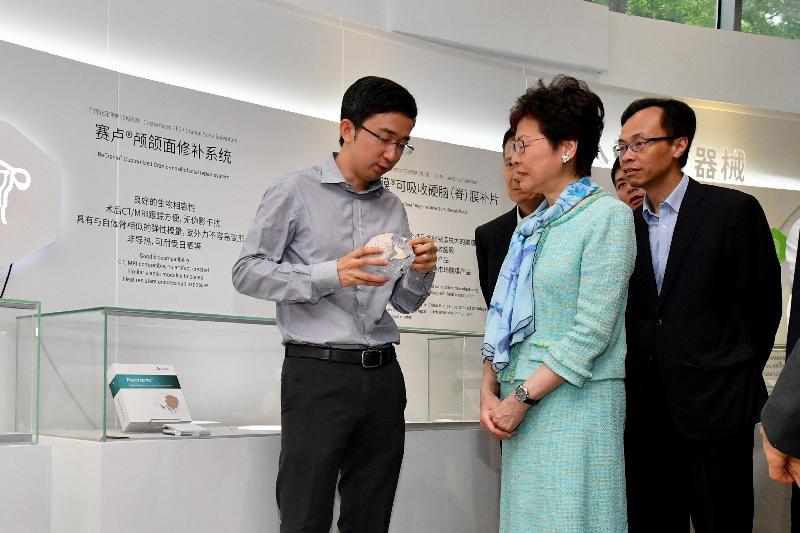Hong Kong Customs combats unfair trade practices at fitness centre
Hong Kong Customs today (May 17) further arrested two male staff members of a fitness centre suspected of engaging in aggressive commercial practices in the course of selling fitness service, in contravention of the Trade Descriptions Ordinance (TDO).
Customs earlier received information alleging that staff members of a fitness centre in Yau Ma Tei imposed undue influence in selling fitness services to two customers who were forced to procure fitness club membership valued at $3,000 and $18,000 respectively.
After investigation, Customs officers today further arrested two men, aged 20 and 24.
Customs earlier arrested two male staff members and two male directors of the fitness centre.
Investigation is ongoing and the arrested men have been released on bail pending further investigation.
Customs reminds traders to comply with the requirements of the TDO and consumers to procure services at reputable shops. Before making the purchase decision, consumers should not easily provide their identity cards or credit cards to a salesperson. Consumers should firmly refuse signing any sales documents if they have no intention to purchase.
Under the TDO, any trader commits an offence of engaging in aggressive commercial practices if harassment, coercion or undue influence is used to impair consumer's freedom of choice or conduct, causing the consumer to make a transactional decision. The maximum penalty upon conviction is a fine of $500,000 and imprisonment for five years.
Members of the public may report any suspected violations of the TDO to the Customs 24-hour hotline 2545 6182 or dedicated crime-reporting email account (crimereport@customs.gov.hk).










